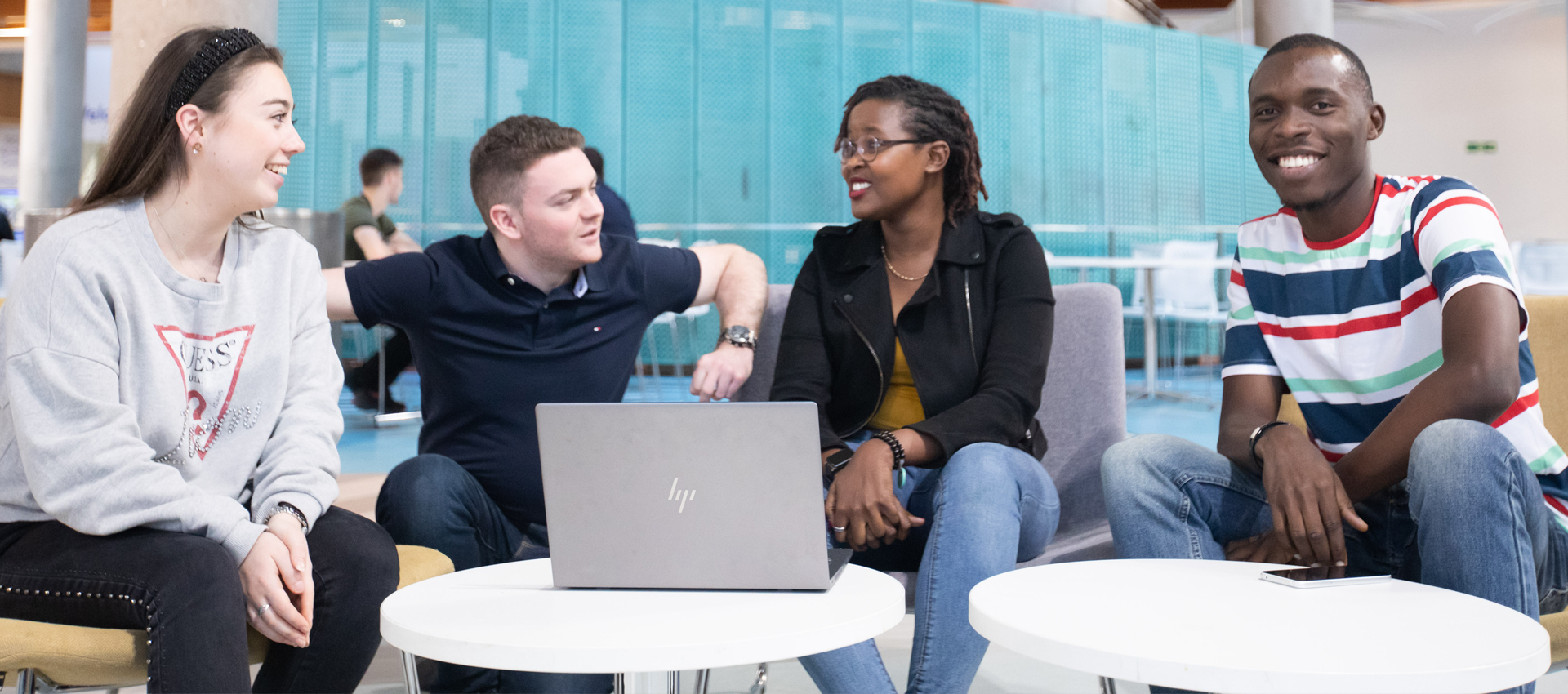3D Design student creates virtual exhibition for the GCU Archive Centre

A Postgraduate student has brought the GCU Archive Centre to life using the power of virtual reality, thanks to a digital exhibition created for his final project.
3D Design for Virtual Environments student Oluwatosin Okuneye decided to team up with the GCU Archives Centre to create a digital exhibition, which would feature various Scottish artifacts. It came as part of his final year project, which took around three months to create.
Using virtual reality, Oluwatosin developed a museum-style digital environment which would allow users to pick up and hold a real life historical artifact. In order to do this, he used a process called ‘photogrammetry’ which takes overlapping photographs of an object, structure or space and converts them into 3D models.
Despite being fairly new to the virtual environment world, Oluwatosin embraced the new challenge. He explained: “At the end of my Undergraduate degree, I decided that I wanted to do a Masters course around 6 months before I graduated. I met someone who studied 3D Design and it inspired me to try and learn it myself. After that, I decided to do my Masters in that subject.
My first degree was in mathematics and out of all the career options that could come from that, 3D Design seemed to be the most interesting one to me. When I first tried it, it was like love at first sight! It really helped me decide to pursue it as a Masters.
The course at GCU, which is 3D Design for Virtual Environments, really appealed to me because of the curriculum. It didn’t require you to have any previous qualifications in 3D design and I was able to use what I learned in my first degree to apply.”
After discovering his passion for virtual reality, Oluwatosin wanted to focus his project on virtual exhibitions, which has grown in popularity over recent years. He said: “For our final project, we were given the freedom to choose what we wanted to work on. I really wanted to do something with virtual reality, it’s one of the biggest areas of technology now. I asked myself ‘what real life aspects could virtual have’ and one of the biggest examples of this at the moment is the use of virtual exhibitions. For example, this could be a virtual car showroom where people can view cars without travelling all the way to the location.
My lecturer suggested working with the GCU Archive Centre and help create a virtual museum exhibit using the artifacts they have stored there. He spoke with the team and from there we suggested the idea of creating a virtual environment using different historical pieces.”
He added: “Firstly, I wanted to create a museum-style environment for the artifacts to be viewed in. For the artifacts themselves, I used a process called ‘photogrammetry’ which involves taking a photo of something and running the photograph through a software which will make the photo 2D or 3D. I had to do some cleaning up of the photos, which could then be used to create a 3D model. This method is a lot easier than creating a model from scratch using a software.
My only drawback from using this method for the artifacts is that, if the item were to be damaged, reflective or transparent then the 3D modelling wouldn’t work as well. The challenge for me was to be able to recreate as many items as possible using what was available – and make them look good in the process!”
Oluwatosin wanted to make sure that the exhibition worked as best as it could, which also meant teaching himself how to use different forms of software. He explained: “For the projects, we had the opportunity to use different software that we had experience of using throughout the course.
For my project, I used game engines like Unity and Unreal Engine but I had to learn a lot of it as I went. I did a lot of reading and watched many tutorials to try and help me learn how to use different techniques. The exhibition took three months to finish, but I spent a lot of it learning and trying out different software to find out which worked best.
Towards the end of the project, I felt like I could take a step back and say ‘Look at what you have done’! I made sure that I was honest and reflective in my reports; I didn’t want to make any excuses. It was huge for me to know that I have completed it, I’m very proud of myself and how it turned out.”
By Rachael McAlonan
Got a SCEBE or GSBS story? Email me at Rachael.McAlonan@gcu.ac.uk or connect with me on social media here
